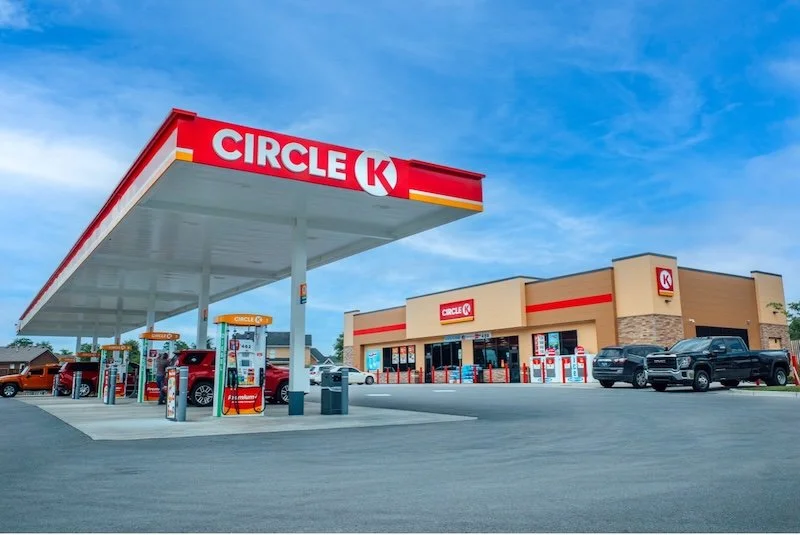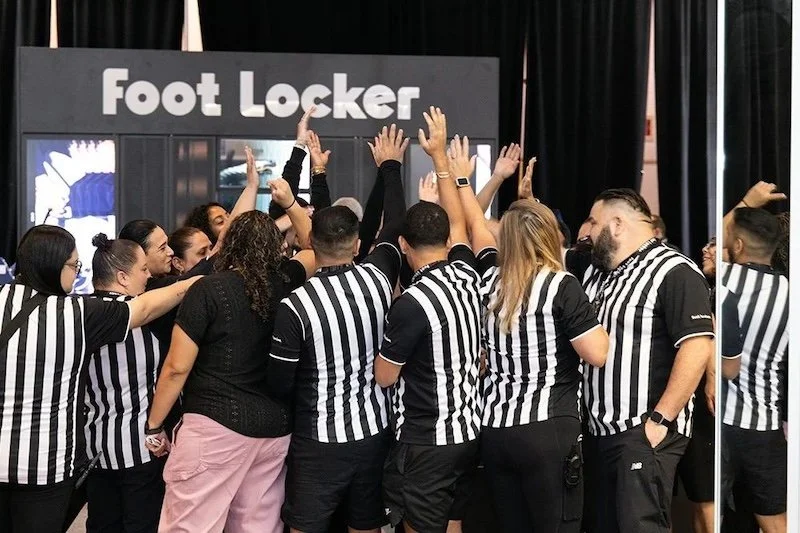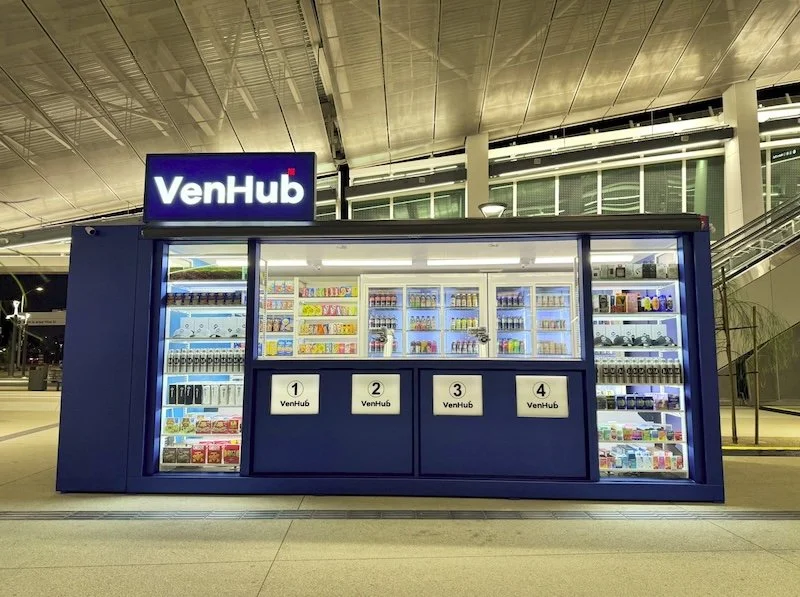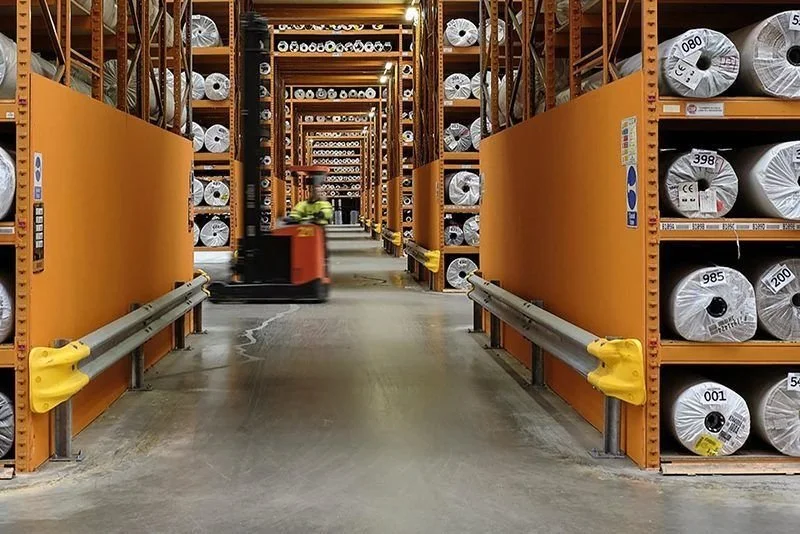Four ways to use Lego concrete blocks
Discover innovative uses for Lego concrete blocks in various construction and design projects. These versatile building materials offer unique solutions for both commercial and residential needs. Learn how to maximise their potential and incorporate them into your next project.
In the rapidly evolving construction sector, innovative materials like Lego concrete blocks are gaining traction for their versatility and ease of use.
These blocks resemble the iconic children's toy but are constructed for robust building purposes. Understanding the potential applications of these blocks can revolutionise your approach to construction and design.
Building temporary structures
One of the most practical uses of Lego concrete blocks is in creating temporary structures. Their stackable nature allows for quick assembly and disassembly, making them ideal for projects requiring flexibility. For example, you might use them to build temporary walls or partitions on a construction site.
In this context, betonblock.com highlights how these blocks can streamline operations by reducing setup times and labor costs. They also offer a sustainable option since the blocks can be reused across multiple projects.
The adaptability of Lego concrete blocks extends beyond simple walls and partitions. These versatile units can be used to create temporary storage facilities, emergency shelters, or even pop-up retail spaces. Their modular nature allows for rapid deployment in disaster relief scenarios, providing sturdy and secure structures when time is of the essence.
What's more, the blocks' uniformity facilitates precise planning and efficient use of space, making them invaluable for event organisers who need to construct temporary venues or exhibition booths that can be easily modified or expanded as requirements change.

Creating retaining walls
Lego concrete blocks are also excellent for constructing retaining walls, which are essential for landscape architecture and civil engineering projects.
The interlocking design provides stability and strength, ensuring that the walls can withstand significant pressure from soil or water. Incorporating concrete lego block moulds into your project can further enhance the durability and aesthetic appeal of these walls.
Additionally, using these blocks can minimise material waste and lower overall project costs.
Designing custom furniture
Beyond traditional construction uses, Lego concrete blocks can be employed in designing custom furniture pieces. Imagine creating unique benches, tables, or even outdoor seating arrangements using these versatile blocks.
Their modular design allows you to experiment with different configurations until you achieve the desired look and functionality. This approach not only offers a creative outlet but also ensures that your furniture is sturdy and long-lasting.
Enhancing urban spaces
In urban settings, Lego concrete blocks can play a crucial role in enhancing public spaces. They can be used to construct planters, barriers, or even artistic installations that contribute to the aesthetic and functional qualities of parks and plazas.
The ease of installation and customisation makes these blocks an attractive option for urban planners looking to create dynamic environments. Additionally, the reusability of the blocks aligns with sustainable development goals, making them a responsible choice for contemporary urban design.






























Continue reading…